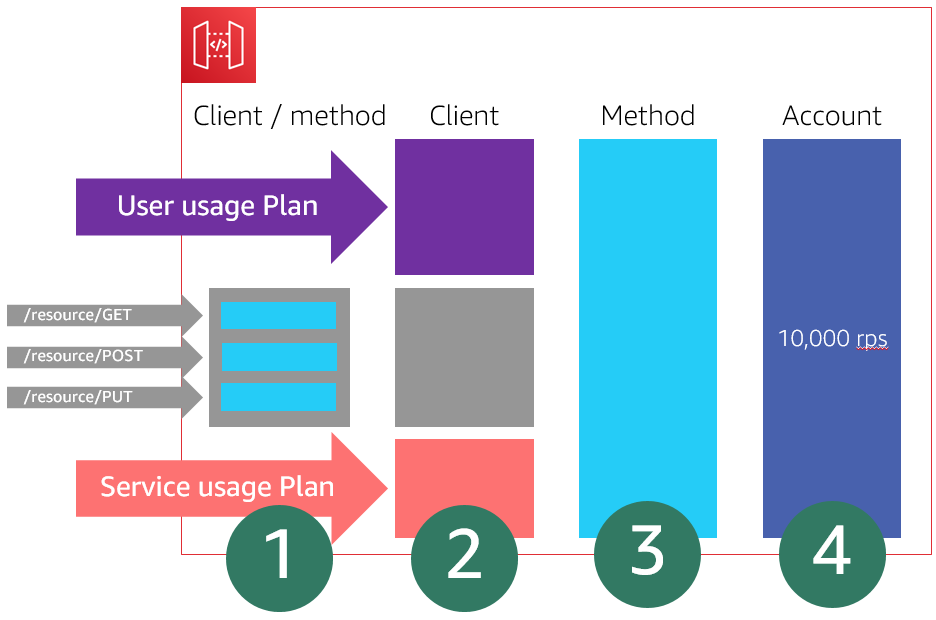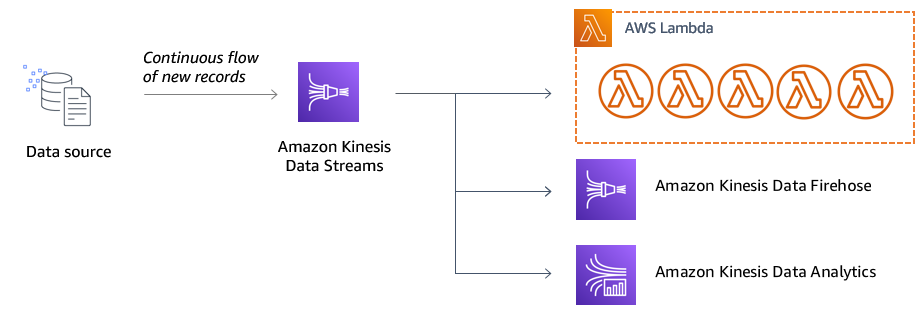AWS Compute Blog
Category: Amazon Kinesis
Building well-architected serverless applications: Optimizing application performance – part 3
February 12, 2024: Amazon Kinesis Data Firehose has been renamed to Amazon Data Firehose. Read the AWS What’s New post to learn more. September 8, 2021: Amazon Elasticsearch Service has been renamed to Amazon OpenSearch Service. See details. This series of blog posts uses the AWS Well-Architected Tool with the Serverless Lens to help customers build and operate applications […]
Building well-architected serverless applications: Optimizing application performance – part 2
This series of blog posts uses the AWS Well-Architected Tool with the Serverless Lens to help customers build and operate applications using best practices. In each post, I address the serverless-specific questions identified by the Serverless Lens along with the recommended best practices. See the introduction post for a table of contents and explanation of the example application. PERF 1. Optimizing […]
Building well-architected serverless applications: Building in resiliency – part 2
This series of blog posts uses the AWS Well-Architected Tool with the Serverless Lens to help customers build and operate applications using best practices. In each post, I address the serverless-specific questions identified by the Serverless Lens along with the recommended best practices. See the introduction post for a table of contents and explanation of the example application. Reliability question REL2: […]
Building well-architected serverless applications: Building in resiliency – part 1
This series of blog posts uses the AWS Well-Architected Tool with the Serverless Lens to help customers build and operate applications using best practices. In each post, I address the serverless-specific questions identified by the Serverless Lens along with the recommended best practices. See the introduction post for a table of contents and explanation of the example application. Reliability question REL2: […]
Building well-architected serverless applications: Regulating inbound request rates – part 2
This series of blog posts uses the AWS Well-Architected Tool with the Serverless Lens to help customers build and operate applications using best practices. In each post, I address the serverless-specific questions identified by the Serverless Lens along with the recommended best practices. See the introduction post for a table of contents and explanation of the example application. Reliability question REL1: […]
Building well-architected serverless applications: Regulating inbound request rates – part 1
This series of blog posts uses the AWS Well-Architected Tool with the Serverless Lens to help customers build and operate applications using best practices. In each post, I address the serverless-specific questions identified by the Serverless Lens along with the recommended best practices. See the introduction post for a table of contents and explanation of the example application. Reliability question REL1: […]
Understanding data streaming concepts for serverless applications
In this post, I introduce some of the core streaming concepts for serverless applications. I explain some of the benefits of streaming architectures and how Kinesis works with producers and consumers. I compare different ways to ingest data, how streams are composed of shards, and how partition keys determine which shard is used. Finally, I explain the payload formats at the different stages of a streaming workload, how message ordering works with shards, and why idempotency is important to handle.
ICYMI: Serverless Q2 2021
A review of everything that happened in AWS Serverless in Q2 2021.
Monitoring and troubleshooting serverless data analytics applications
In this post, I show how the existing settings in the Alleycat application are not sufficient for handling the expected amount of traffic. I walk through the metrics visualizations for Kinesis Data Streams, Lambda, and DynamoDB to find which quotas should be increased.
Building leaderboard functionality with serverless data analytics
In this post, I explain the all-time leaderboard logic in the Alleycat application. This is an asynchronous, eventually consistent process that checks batching of incoming records for new personal records. This uses Kinesis Data Firehose to provide a zero-administration way to deliver and process large batches of records continuously.









